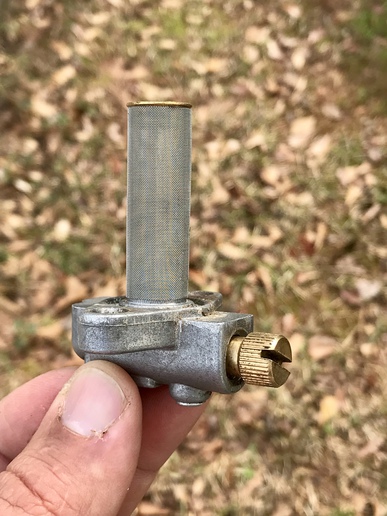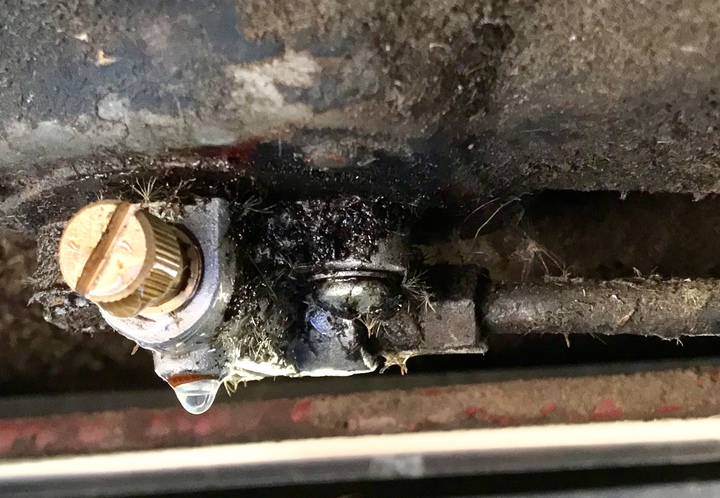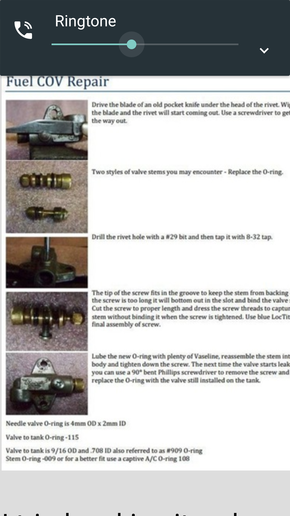I?m looking for a recommendation on a better source or a better part for a fuel shut off valve for a 1956 Ford 640.
The valves purchased here from Yesterday?s Tractors just won?t last more than a few months before they begin leaking. They leak when test are shut, they leak when they are open, they?re just plain junk.
I?ve been through 3 or 4 of them in the past year, and I just can?t keep dedicating half a day every eight weeks to swapping them out.
Appreciate any advice or experience you can offer.


The valves purchased here from Yesterday?s Tractors just won?t last more than a few months before they begin leaking. They leak when test are shut, they leak when they are open, they?re just plain junk.
I?ve been through 3 or 4 of them in the past year, and I just can?t keep dedicating half a day every eight weeks to swapping them out.
Appreciate any advice or experience you can offer.





